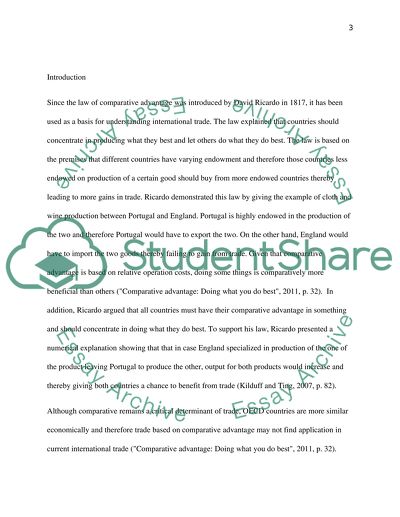Cite this document
(“The Law of Comparative Advantage as a Basis for Understanding Essay”, n.d.)
The Law of Comparative Advantage as a Basis for Understanding Essay. Retrieved from https://studentshare.org/macro-microeconomics/1446286-ychthe-law-of-comparative-advantage-forms-the
The Law of Comparative Advantage as a Basis for Understanding Essay. Retrieved from https://studentshare.org/macro-microeconomics/1446286-ychthe-law-of-comparative-advantage-forms-the
(The Law of Comparative Advantage As a Basis for Understanding Essay)
The Law of Comparative Advantage As a Basis for Understanding Essay. https://studentshare.org/macro-microeconomics/1446286-ychthe-law-of-comparative-advantage-forms-the.
The Law of Comparative Advantage As a Basis for Understanding Essay. https://studentshare.org/macro-microeconomics/1446286-ychthe-law-of-comparative-advantage-forms-the.
“The Law of Comparative Advantage As a Basis for Understanding Essay”, n.d. https://studentshare.org/macro-microeconomics/1446286-ychthe-law-of-comparative-advantage-forms-the.


